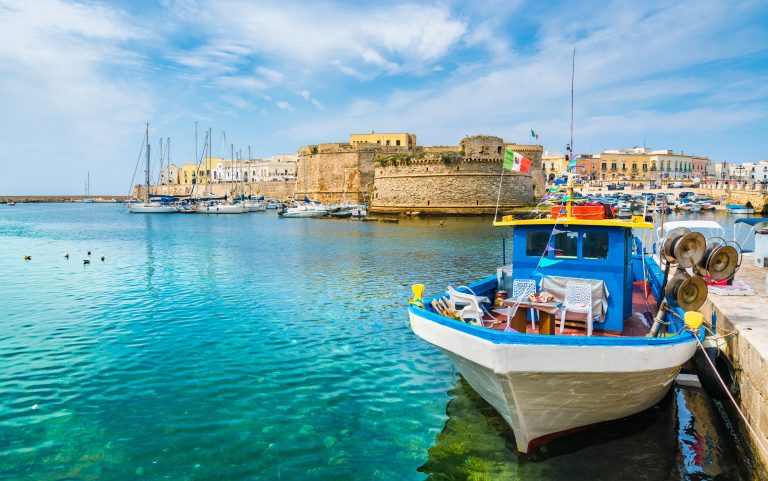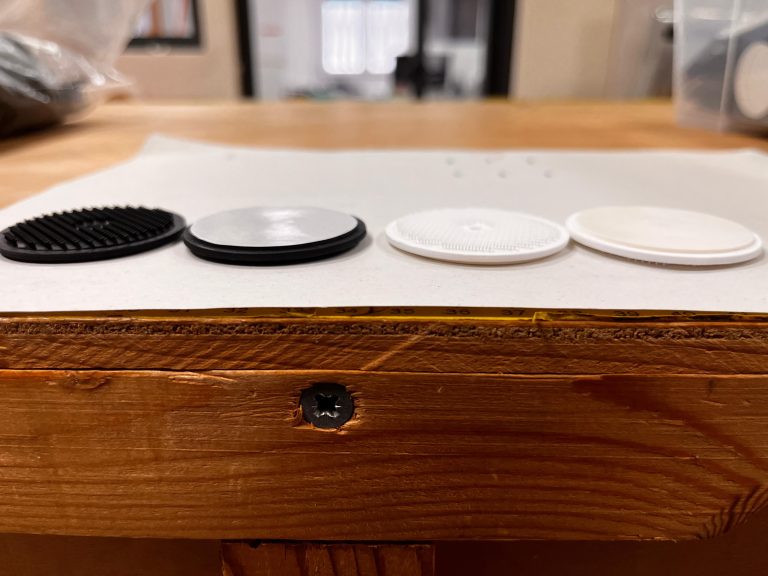 In hall that was truly crowded with students who had long awaited the meeting, Professor Musio-Sale introduced.
In hall that was truly crowded with students who had long awaited the meeting, Professor Musio-Sale introduced.
un’aula davvero colma di studenti che attendevano da tempo quest’incontro, il Professor Musio-Sale introduced Fabio Buzzi and his work. This engineer from Lecco, before beginning his prepared talk, picked up on an opening the students had unwittingly offered him by displaying posters of boats in the University Centre showing, in some cases, “bow shapes that were very beautiful but disputable from the point of view of navigation”.
“A well-known boat with stealth shapes built about 15 years ago led to a stylistic trend, but had a big problem of directional stability. The boat had been tested in a test tank where the model was blocked on a car so that its speed performance could be correctly evaluated, but not its stability because it was physically prevented from rotational movement and thus spinout. Following this many boats were built with plumb bows or even inverted bows. This showed that forgetting history is always risky: the gunships of the American War of Independence were fine ships with inverted bows. Sailing in displacement, it was already known, means faster speeds the longer the waterline length. But all these ships quickly sank, not in battle but in navigation: with seas running, they tended to dive into the waves and, since they were very heavy (made from sheet metal 200/300 mm thick) they sometimes did not come up again! A bow of this kind tends to get very wet and become a rather (bow steering).” Buzzi also recalled (as a mechanical engineer) the concepts of centre of gravity and equal resistance in the way in which their relative positions can create instability. “In some cases aesthetic reasoning can produce damaging results.” He underlined that safety aspects cannot be designed and tested on a computer (a static situation) but on a boat under way (a dynamic situation).
Buzzi then talked about his activity and the way it is structured. FB Design, based in Annone Brianza, is a kind of village of 12,000 m² whose buildings contain the design office, a five axis milling machine 24 m long (“we can go from a sketch to a computer design to the creation of a full-scale model from which to make the mould,” said Buzzi), machines for two-dimensional water jet cutting of steel sheets of up to 60 mm thick, a materials laboratory, various working areas, a showroom and outside a 60 m test tank. There is also a separate base on Lake Como of 6000 m² with a 20 ton crane. 500 kg blocks of lead can be easily loaded onto boats: “in just a few hours we can obtain from tests grafts with the real performance curves. Trying out and sailing the boats we design is essential for understanding, above all, how they sail. The true value of the designer lies in his experience.”
The engineer described the products of FB Design, illustrating them with videos of the boats under way, in a mix of technical discussion and anecdotes. There were references to the history of offshore racing (the Iveco catamarans in all their colours, the Cesa 1882 with its huge wing, the Grande Argentina etc.), and some thoughts on the reasons for the decline of this sport (“regulations written by people who knew nothing about boats: it was wrong to rate boats on the basis of their weight, cubic capacity or power…”) and ideas on how to relaunch it (“a rule based on the only sensible parameter: the power/weight relationship”).
Records
He then described the recent records with the “three point” turbine and long-distance records on the open sea, New York-Bermuda and the double Monte Carlo-Venice. All these records are useful for testing (and demonstrating) reliability rather than speed in all sea and weather conditions. “From every record we gain experience and learn something.”
The three types of vessels being produced currently by FB Design are basically military (sold to more than 40 armies and navies worldwide): monohulls from 32 to 80 feet, RIBs from 34 to 55 feet and “Stab” from 38 to 48 feet. Here the engineer made an interesting digression on the reason why RIBs are so efficient in rough water. “During a Venice-Monte Carlo we had to boats with identical hulls and engines: one was an inflatable and one a rigid hull. The inflatable was one not slower in calm water but 20 km an hour faster in the rough. A rigid hull after cresting a wave comes back into the water and sinks down into it: it dissipates energy entropically in the form of heated low temperature. But the tubes of an RIB when they hit the water again recover most of the energy by deforming and bringing the hull up towards the surface.”
A project
He added: “At sea you can sail efficiently in only two ways: displacement and planing. Semi-displacement hulls are nonsense, they sail in the most wasteful energy conditions.”
Buzzi then talked about the “most evolved project developed recently: the FB 38′ Stab Drone, an unmanned – though also manned if necessary – surveillance and control drone that could reach 60 kn. This craft uses the technology of at least 20 of our patents. 38 feet is felt to be the ideal length for the average wavelength (in the times of the legendary Cigarettes the 38 footer was one of the most successful in offshore races) and it also, with the stabs di Flatow, fits into a 40 foot container with its carriage ready to be dispatched. We are also working on the FB Cat 24 m, a drone mother boat, a displacement modular and unsinkable catamaran using patented Structutal Foam technology.”
Buzzi then explained how this system evolved from this could be used for improving safety at sea: being unsinkable is the first requisite of the vessel. 100 years after the Titanic, the Costa Concordia sank. Where was progress? Where was respect for human life? By slightly reducing the paying volume you could have a sandwich hull with a foam core that would make the ship unsinkable, and construction costs would only increase by about 10%.
Marketing
Fabio Buzzi then spoke as an entrepreneur on the factors behind the working methods of his company: “Marketing, we do research into things that are needed and that can be sold; we answer specific requests from customers; we do historical research to avoid reinventing hot water or worse, making mistakes; we patent all ideas developed and perfect them quickly (timing); we publicise and advertise – Don Aronow was the best in this sense.”
He described the project for Venice, a hybrid passenger transport catamaran, and then spoke of electrical propulsion. “The electric motor first of all exists only on displacement hulls and electric motors generally have little sense in the marine sector. On cars you recover energy going downhill and breaking, the future of terrestrial propulsion will undoubtedly be electric, Tesla already exists. But there will be limits to range. In boating there is no form of recovery but dispersion, about 20%, due to the trans formation of energy from the internal combustion to the electric motor. The diesel engine will always be the major player in propelling yachts and ships.”
It was almost lunchtime and Fabio Buzzi made his closing remarks: “I have told you a lot of things and could tell you more, but then I would create too many competitors (smiling). Thank you for your attention and my best wishes for your professional future.” A final piece of advice: “Respect the principles of thermodynamics: if you don’t work you get nowhere! It’s a question of energy, you must study 100 to obtain 90. You can’t give 100 and get 110, the first law of thermodynamics prohibits it!”
This long talk on the past, present and future did not disappoint the large audience that gave a lengthy applause. Certainly the engineering and design students found plenty of interesting input to study and develop.
Fabio Buzzi
Fabio Buzzi was born in 1943 in Lecco into a family that included a number of designers and architects. From when he was a boy he raced on small motorboats, first just working on them then building them from scratch with his manual skills. And these manual skills were for him not just a source of pride but also the origin of his success. He graduated in mechanical engineering from the Turin Polytechnic in 1971.
A legendary designer and offshore pilot with a unique set of victories – 10 world titles as a pilot, 55 as a designer seven Harmsworth Trophies and about 40 world speed records on the water – Fabio Buzzi is also an entrepreneur. In the 1970s he founded FB Design, one of the few boatbuilders able to produce, using the latest technologies available (many of them Buzzi patents), fast motorboats starting from the concept to the build and through to the launch.







